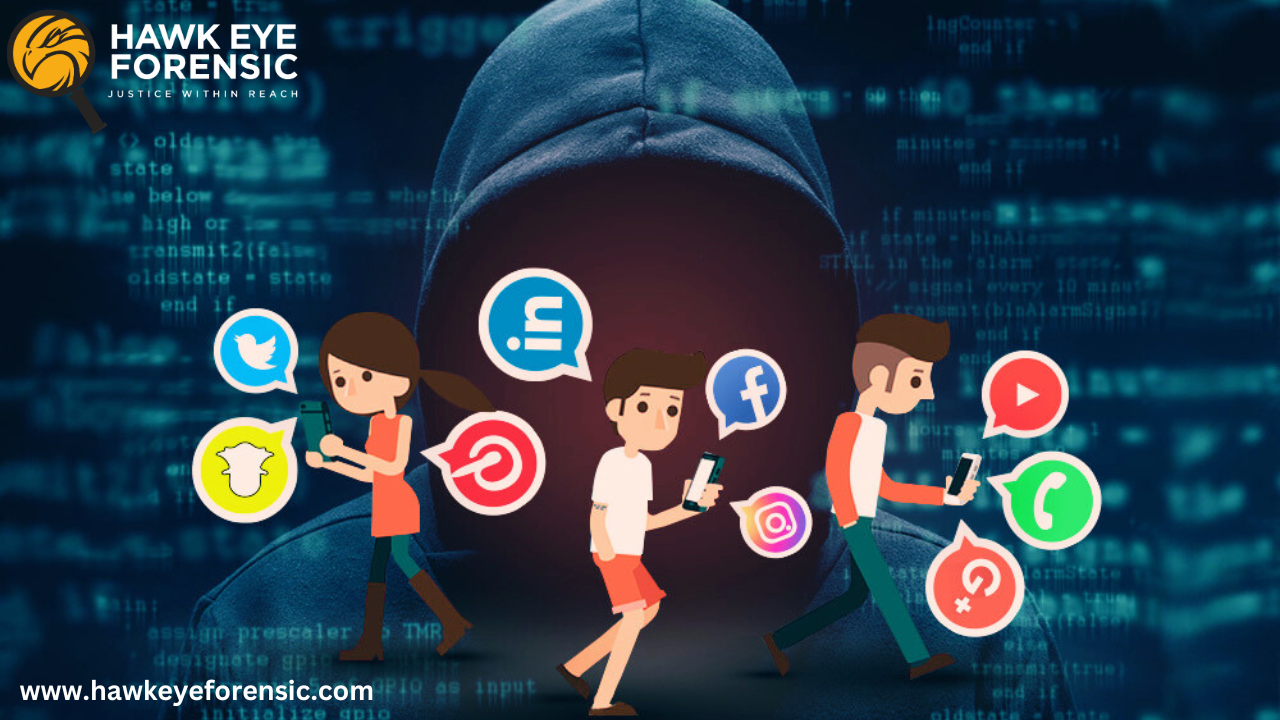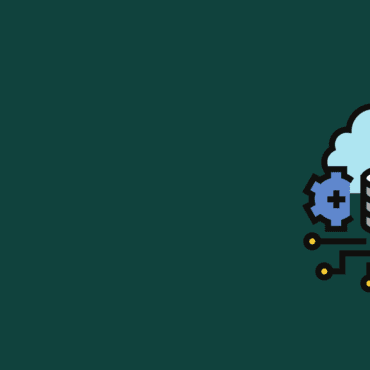Social media has undoubtedly transformed the way we communicate, connect, and share our lives with others. However, these platforms have also become breeding grounds for a variety of unethical activities and crimes that can have severe consequences for individuals, businesses, and society as a whole. In this blog post, we’ll look at the disturbing world of social media crimes, shedding light on their nature, impacts, and the importance of staying alert in the digital age.
Cyberbullying and Harassment:
Cyberbullying is a common issue that primarily affects young individuals, although it can occur at any age. This form of attack involves using social media platforms to intentionally harass, humiliate, or intimidate others, often targeting vulnerabilities such as appearance, identity, or personal beliefs. Cyberbullying can take many forms, including sending hurtful messages, sharing embarrassing photos or videos, or encouraging others to participate in the bullying behavior.
Cyberstalking:
Cyberstalking is a form of online harassment that involves the use of digital platforms, including social media, to terrorize, threaten, or i,mpart fear in an individual. Cyberstalkers may engage in behaviors such as excessive messaging, sharing private information without consent, or threatening someone directly. This disguised form of attack can have severe psychological impacts on victims, leading to anxiety, depression, and even post-traumatic stress disorder (PTSD).
Revenge Porn and Non-consensual Sharing of Intimate Images:
Revenge porn, also known as non-consensual sharing of intimate images, is a particularly heinous form of social media attack. It involves the distribution of explicit or sexually graphic content without the subject’s consent, often motivated by a desire for revenge or control over an ex-partner or acquaintance. The impact of revenge porn on victims can be devastating, leading to severe emotional distress, reputational damage, and even legal consequences.
Identity Theft and Fraud:
Identity theft on social media involves cybercriminals obtaining personal information from users’ profiles or accounts to commit financial crimes or other forms of identity-related fraud. This can include stealing credit card numbers, social security numbers, or other sensitive data that can be used to open fraudulent accounts or make unauthorized purchases. The consequences of identity theft can be far-reaching, ranging from financial losses and damaged credit scores to emotional distress and potential legal complications.
Impersonation and Catfishing:
Impersonation attacks on social media involve creating fake accounts or profiles to deceive others, often for unethical purposes like fraud, harassment, or defamation. Catfishing is a specific form of impersonation where individuals create fictional online personas in order to trick others into romantic or personal relationships based on deception.
Exploitation and Grooming:
Social media platforms can be exploited by predators to groom or exploit minors and vulnerable individuals for sexual or other unlawful purposes. This can involve building trust and rapport through deceptive tactics, sharing inappropriate content, or forcing victims into compromising situations.
Hate Speech and Instigating Violence:
Social media has become a breeding ground for the spread of hate speech and instigating violence against individuals or groups based on race, religion, gender, or other characteristics. These attacks can perpetuate discrimination, foster an environment of fear and hostility, and even lead to real-world acts of violence or hate crimes.\
Misinformation and Disinformation Campaigns:
In addition to personal attacks, social media has become a fertile ground for the spread of misinformation and disinformation campaigns. These coordinated efforts aim to manipulate public opinion, create troubles, or weaken trust in institutions by spreading false or misleading information disguised as credible news or content. The consequences of misinformation and disinformation can be far-reaching, influencing political discourse, public health decisions, and even triggering real-world conflicts or violence.
Copyright Infringement and Intellectual Property Theft:
Social media platforms have facilitated the unauthorized sharing and distribution of copyrighted material, such as music, movies, software, or intellectual property. This not only constitutes a violation of intellectual property rights but can also lead to significant financial losses for creators, artists, and businesses.
Phishing and Malware Distribution:
Cybercriminals often exploit social media platforms to carry out phishing attacks and distribute malware. These attacks can involve malicious links, advertisements, or infected content designed to trick users into divulging sensitive information or compromising their devices and networks.
Doxing:
Doxing involves the unauthorized publication of private or identifying information about an individual on social media platforms, often with malicious intent or as a form of harassment. This can include leaking personal details such as addresses, phone numbers, or financial information, putting the victim at risk of further attacks or real-world consequences.
Data Breaches:
Social media platforms are not immune to data breaches, where cybercriminals gain unauthorized access to users’ personal information, including names, email addresses, phone numbers, and even payment details. These breaches can expose users to various risks, such as identity theft, targeted phishing campaigns, or other forms of exploitation.
Cyberterrorism and Extremism:
Terrorist organizations and extremist groups have increasingly exploited social media platforms to spread propaganda, recruit members, coordinate activities, and even incite violence. These platforms provide a global reach and anonymity, making it challenging to detect and counter such activities effectively.
Sextortion and Non-consensual Pornography:
Sextortion is a form of online sexual exploitation where individuals are bullied or blackmailed into sharing intimate or sexually explicit content, often under the threat of public exposure or harm. Non-consensual pornography involves the distribution of sexually explicit material without the consent of the individuals depicted, which can have severe psychological and reputational consequences for the victims.
Staying Alert and Proactive:
As the extent and effect of social media crimes continue to grow, it is crucial for individuals, communities, and platforms themselves to take proactive measures to combat these unethical activities and create a safer online environment.
For individuals, this includes being cautious about the information shared on social media, implementing strict privacy settings, and promoting a culture of respect and empathy in digital spaces. It is also essential to report any suspicious or abusive behavior to the appropriate authorities or platform moderators.
Social media companies must prioritize user safety and implement effective moderation practices, content filtering, and user verification measures to mitigate the spread of harmful content and activities. Collaboration with law enforcement agencies, advocacy groups, cyber forensic and cybersecurity experts can also help address these issues more effectively.
Furthermore, educating the public, particularly younger generations, about online safety, digital literacy, and the potential risks associated with social media use is crucial. By providing a greater understanding of these issues, we can empower individuals to make informed decisions and take preventive measures to protect themselves and others.
In conclusion, while social media has transformed communication and connectivity, it has also exposed us to a dark side of unethical or unlawful activities and crimes that can have severe consequences for individuals and society as a whole. By bringing attention to these disturbing practices and encouraging a collective commitment to online safety and responsible use, we can work towards creating a more secure and ethical digital space for all.



Post comments (0)